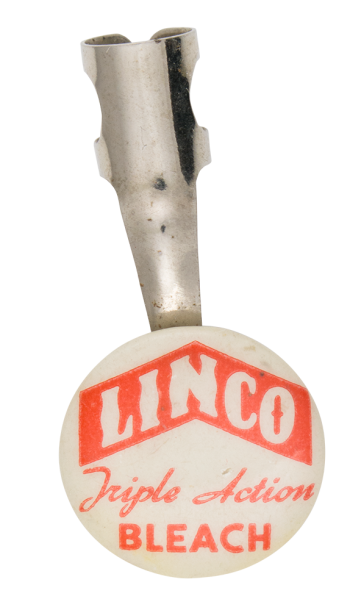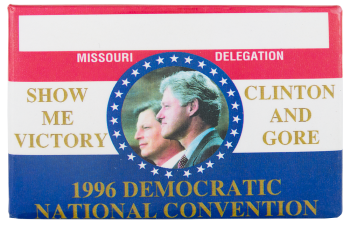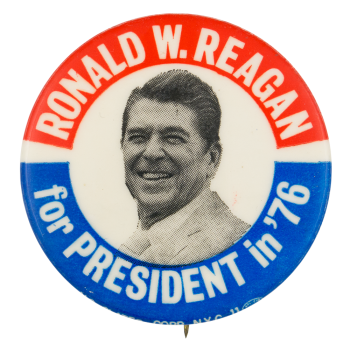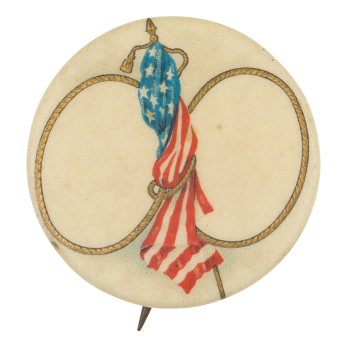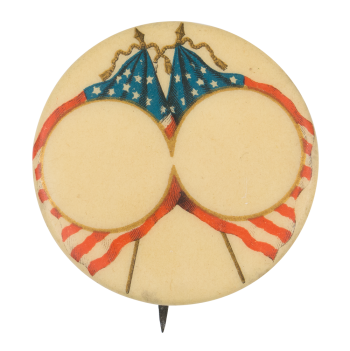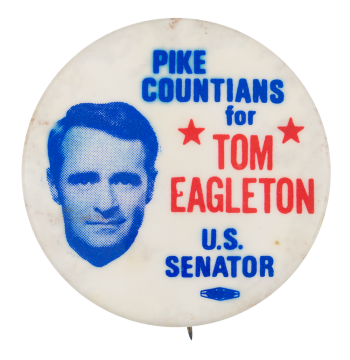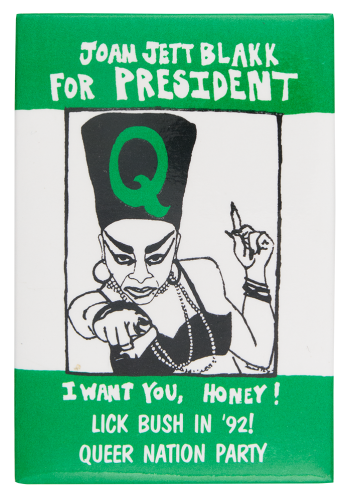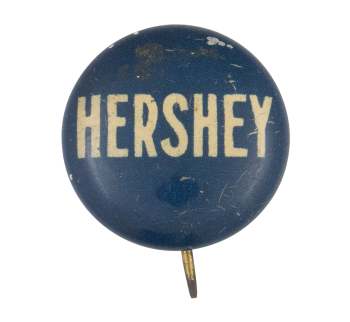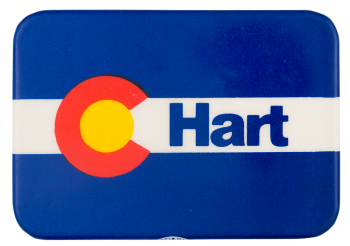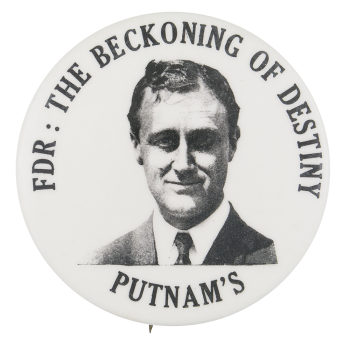LINCO Triple Action Bleach
| Category | |
|---|---|
| Additional Images | |
| Text on Button | LINCO Triple Action BLEACH |
| Image Description | Red test on a white background with a red stripe with white text on it |
| Curl Text | PARISIAN NOVELTY CO. CHICAGO |
| Back Style | |
| The Shape | |
| The Size | |
| The Manufacturer | |
| Additional Information | Founded in Chicago in the 1920s by Mario and Salvatore Giachetti, the Linco Bleach Company became the foremost cleaning product company in the Chicago area. The company was located at 2155 W 80th Street. Linco products could be purchased in the store or by home delivery. Linco home delivery was especially useful in a world before disposable diapers. Linco Bleach products were most recognizable for their brown glass bottles. |
| Sources |
Legacy.com, & Legacy. (2009, May 8). Myrtle Giachetti - Obituary. Retrieved from https://www.legacy.com/obituaries/tucson/obituary.aspx?n=myrtle-giachet… 1950s LINCO BLEACH Soap Laundry Advertising CELLULOID PENCIL CLIP Not Pinback. (2020). Retrieved from https://www.worthpoint.com/worthopedia/1950s-linco-bleach-soap-laundry-… |
| Catalog ID | AD0748 |

